Panier
Close
- No products in the cart.
Sous total (Hors frais de livraison)
0,00€
Payer
Expédition et livraison
Réparation et maintenance
In wingfoil, we have 3 essential pieces of equipment to be able to sail, glide, fly… in short, to vibrate on the water!!!! We need a board, a wing and finally the foil that creates lift above the surface of the water.
But what’s the ideal foil for your wing level? And what about the material: carbon or aluminium?
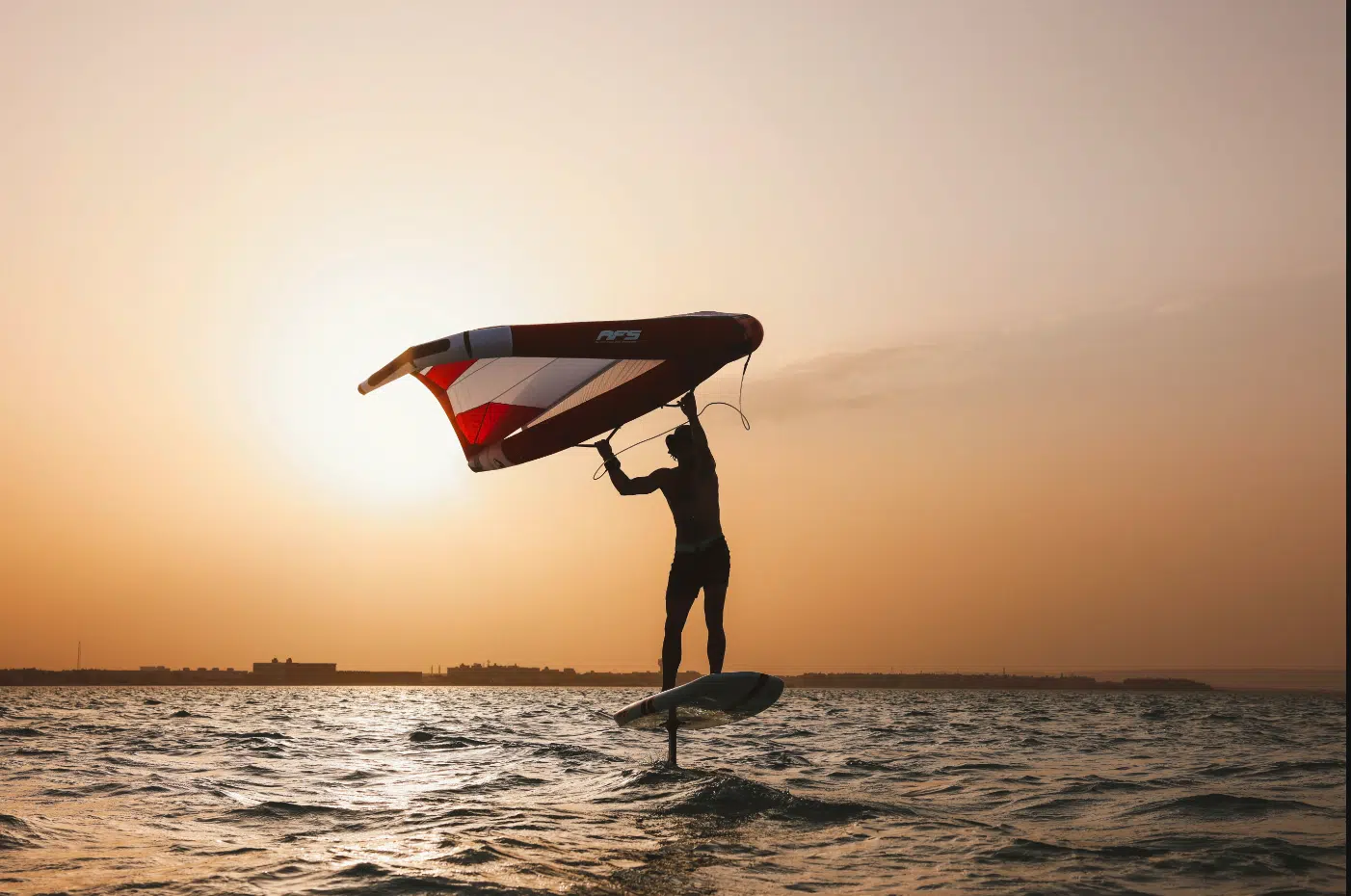
The choice of foil depends on a number of criteria, such as your level of skill, the type of practice, the weather conditions on your spot, your size, and of course your budget.
Here are the main points to consider when choosing the right foil:
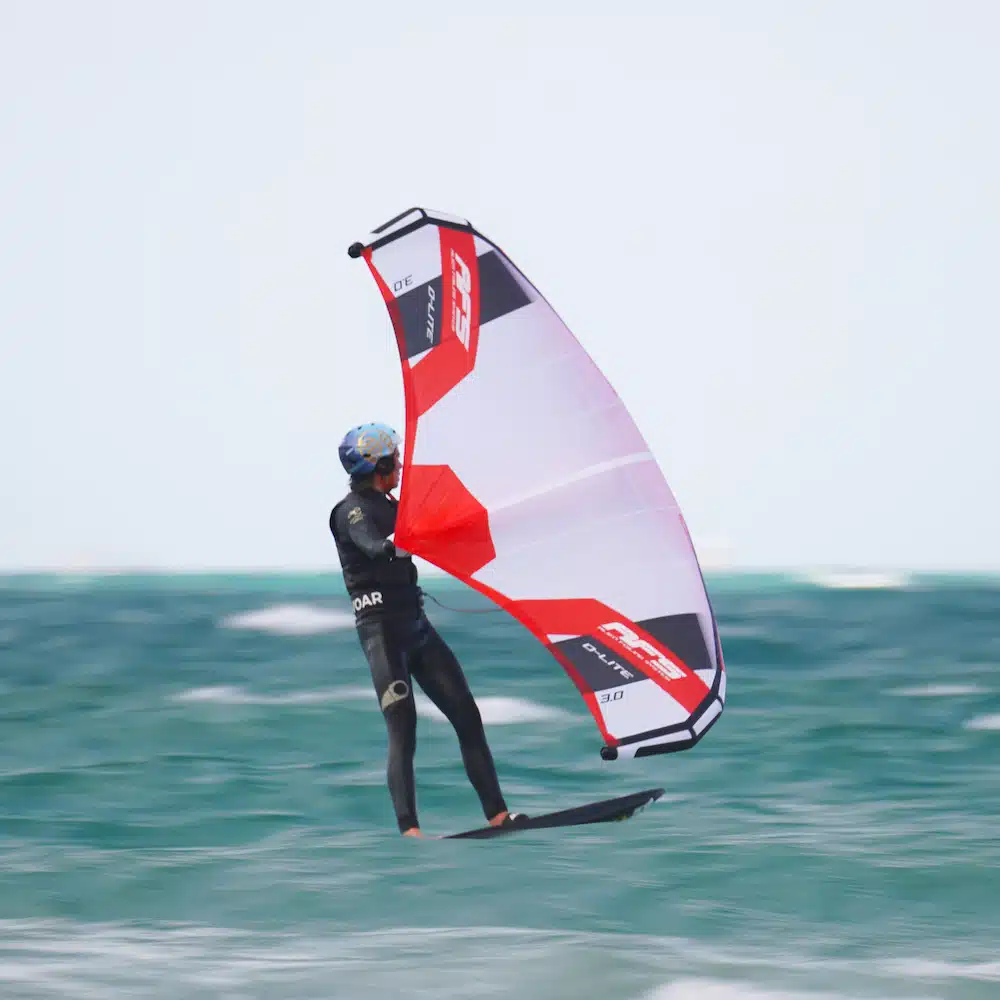
The fuselage is the part of the foil that connects the front wing to the stabilizer. The shorter the fuselage, the more responsive it is in maneuvers. On the other hand, a long fuselage goes faster and also gives you better stability, so it’s advisable when you start wing foiling. In fact, the greater the distance between the front wing and the stab, the easier it is to balance.
The fuselage can either be molded directly with the foil’s front wing, or they can be separated. At AFS Foiling, we have both versions.
Placed at the front of the fuselage, it generates the lift of the foil and therefore of your board. It’s what keeps you flying over the water…
A large front wing (1500 to 2000 cm² surface area) is best for beginners or for sailing in light winds. It offers better stability and lift, especially at low speeds. The heavier the rider, the bigger the size. The right surface area is around 1750 cm² for beginners. The more you progress, the more you reduce the surface area of the foil’s front wing. This can happen very quickly, and you’ll be sailing with, say, a 1200 cm² wing within a year.
Experienced riders or those looking for more speed will prefer a high aspect profile (almost flat front wing) for enhanced performance in freeride, freestyle or downwind. As for those in the learning phase, it’s best to opt for a more versatile, less technical mid-aspect front wing.
A short mast (70-80 cm) is ideal at first. It reduces falls and simplifies learning by keeping the board closer to the water. Aim for 70-75 cm if you plan to keep your first mast for a long time. As you progress, you’ll be able to increase its length, to around 85-90 cm. This will enable you to sail more steadily when the water is rough. Also, position your mast in the rail of your float more towards the front than towards the rear. This facilitates take-off (better lift) while benefiting from more lift, especially in light wind conditions. By moving the mast forward, the board becomes more stable, but this can make maneuverability more difficult. Such a set-up is also advisable on spots with few waves.
Example of foil configuration to start the wing :
You need a foil with a relatively short mast, either aluminum or HR carbon + a large front wing + a wide stabilizer for greater stability + a long fuselage to obtain an economical, high-performance foil that will accompany you as you progress.
Price is one of the main reasons why many riders opt for an aluminum foil. Compared to a carbon foil, which is often much more expensive, aluminum is a much more accessible option for your budget. This allows beginners, or those who don’t want to invest immediately in high-end equipment, to start learning without too much financial risk.
Another point to remember is that aluminum foils require more maintenance. It resists wear well, but needs to be rinsed regularly with fresh water, especially the screw inserts. Salt water and especially sand must be removed frequently. Tef gel or lithium grease are recommended to extend the life of your aluminum foil.
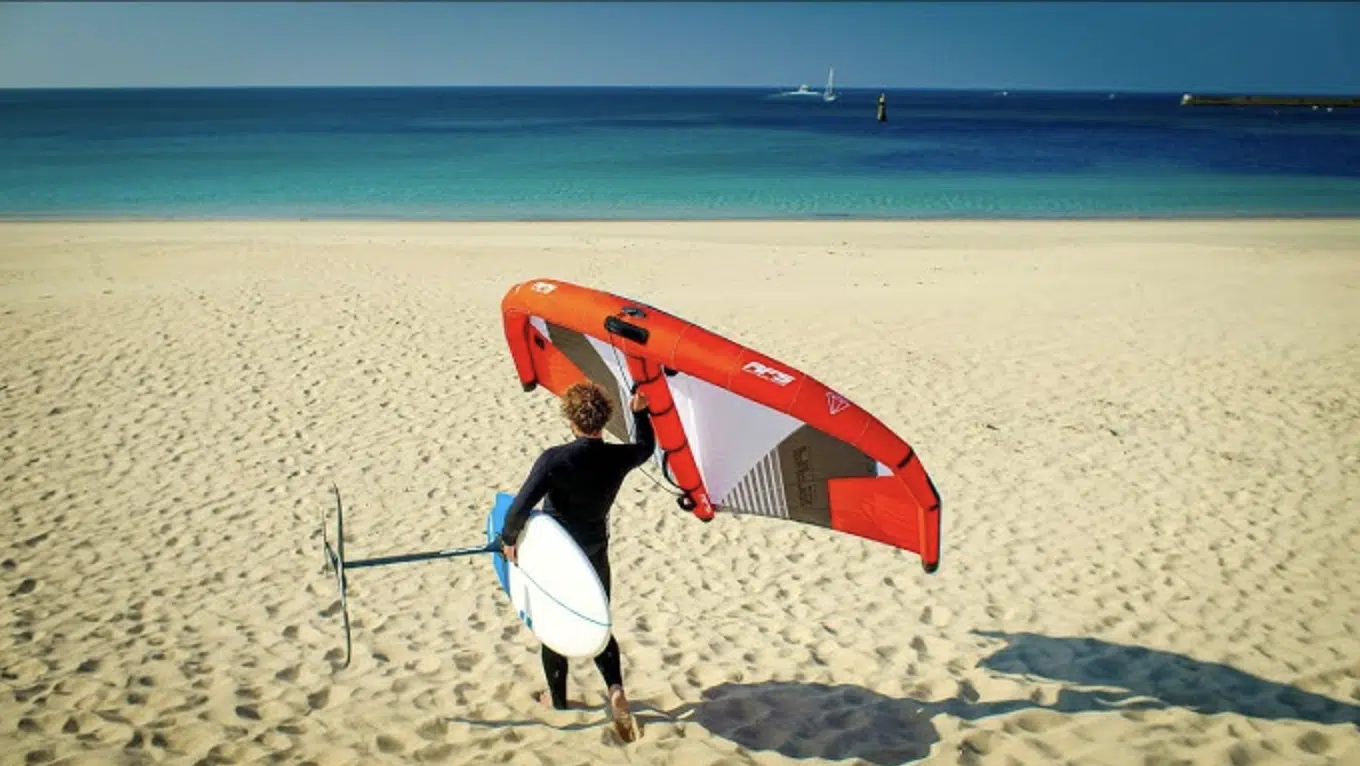

Click & Collect
Secure payment in 3 or 4 instalments
Advice from enthusiasts
Satisfied or your money back
2 to 3 years warranty
Worldwide delivery
Votre emplacement actuel et les langues disponibles
Your current location and available languages
Build your complete foil equipment according to your practice and objectives.
Answer a few quick questions and get a suggestion.
Compare up to three stabilizers side by side.
Coming soon...
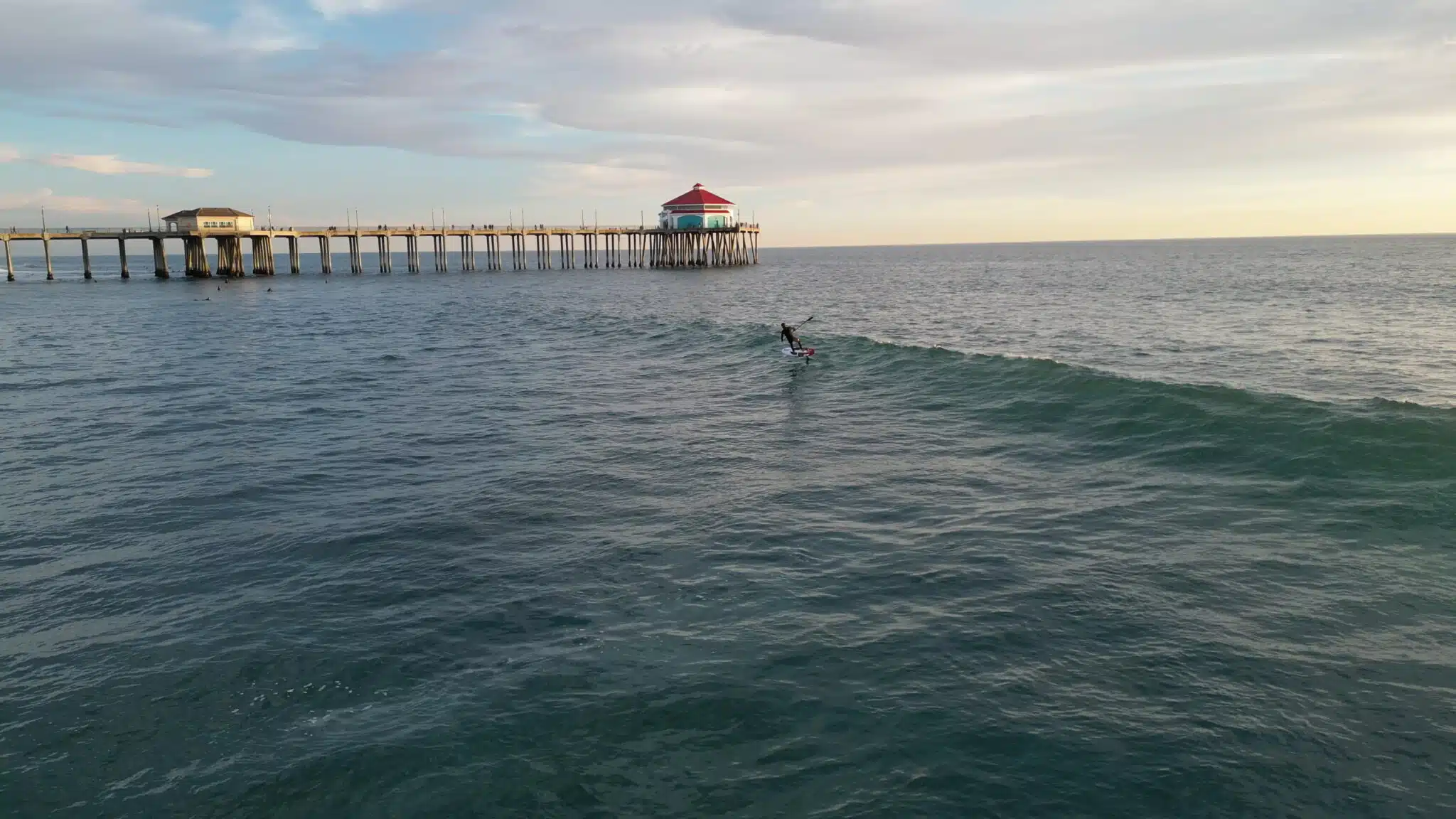
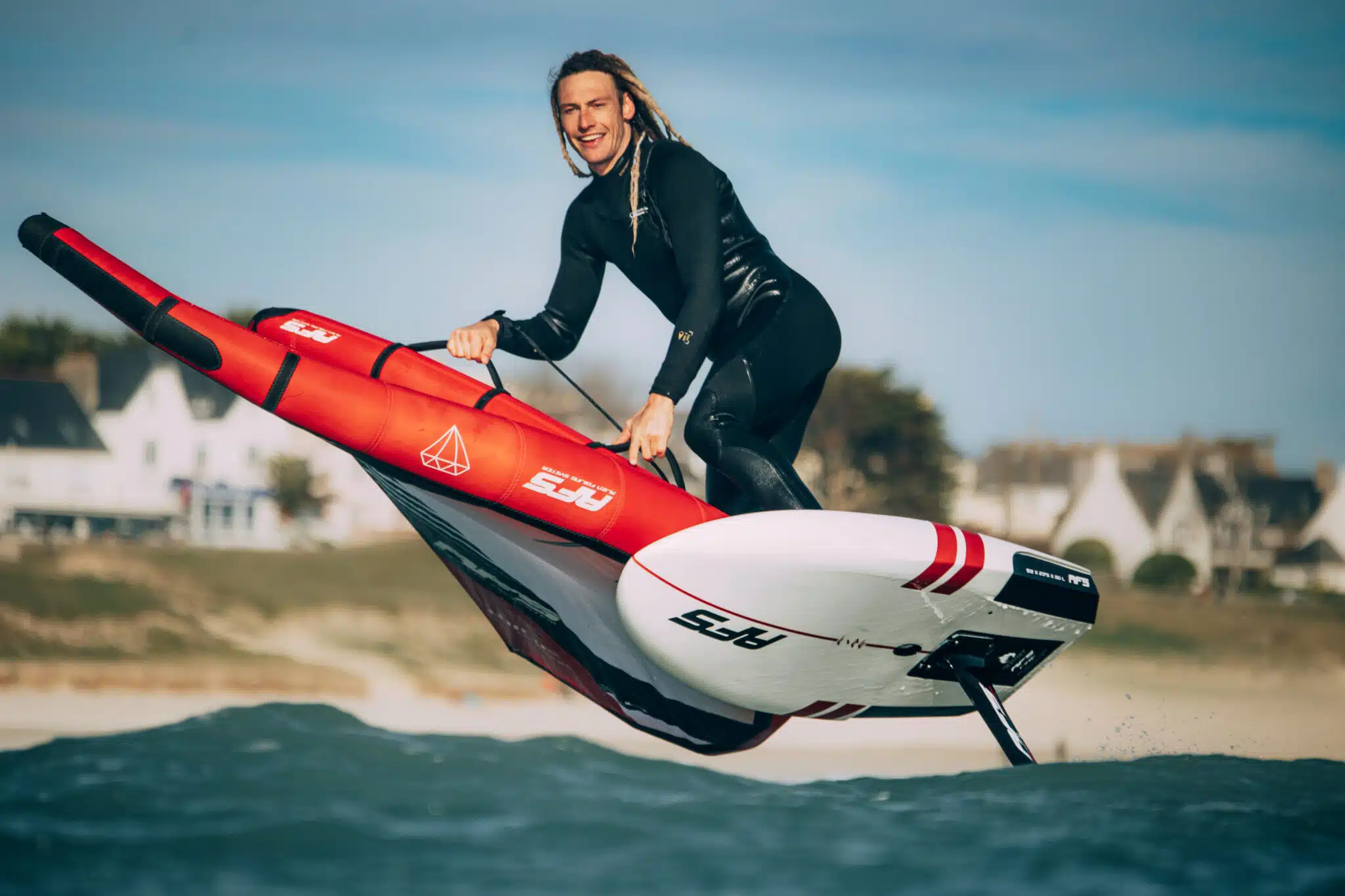

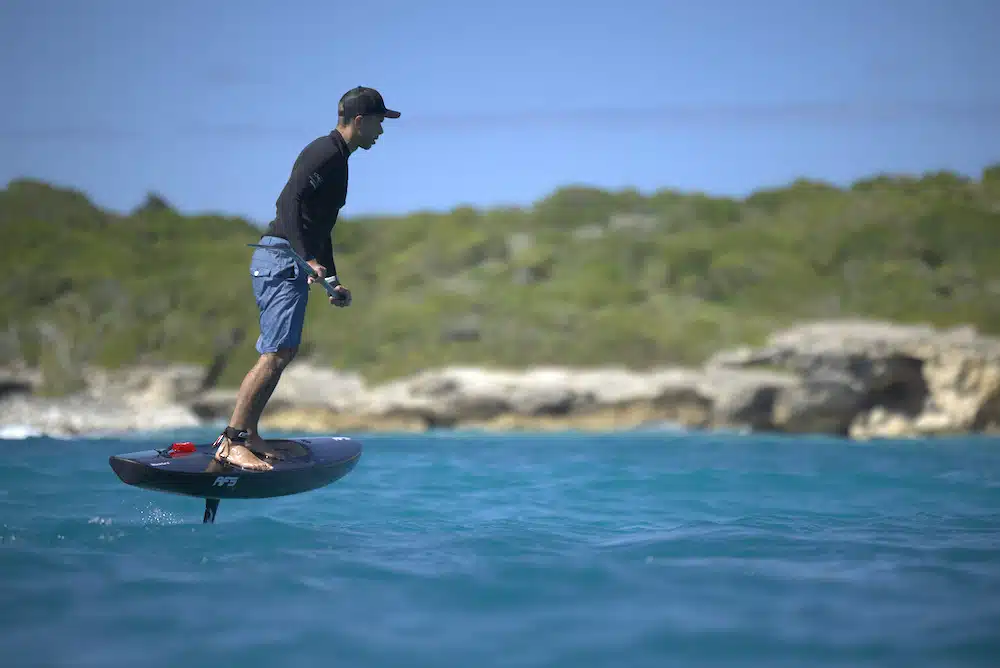
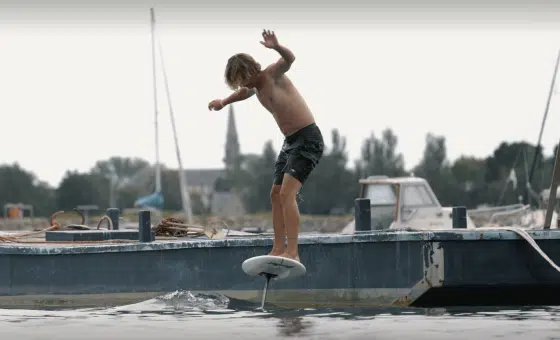
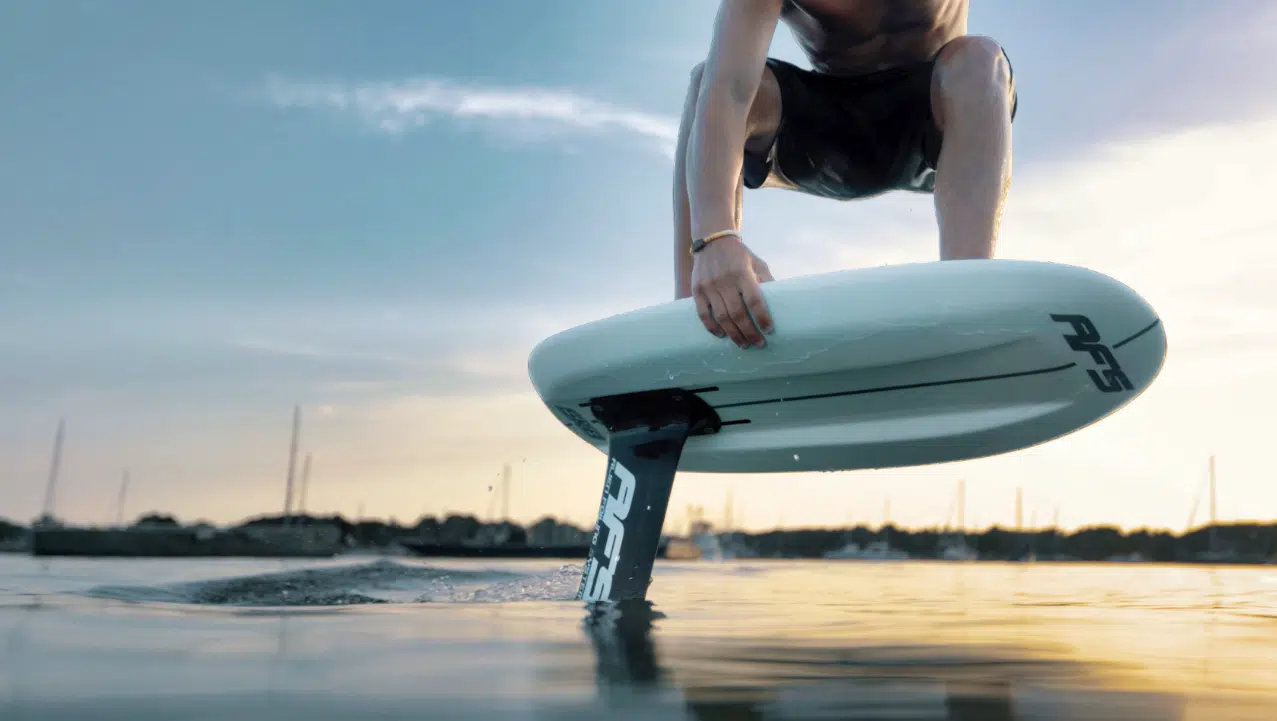
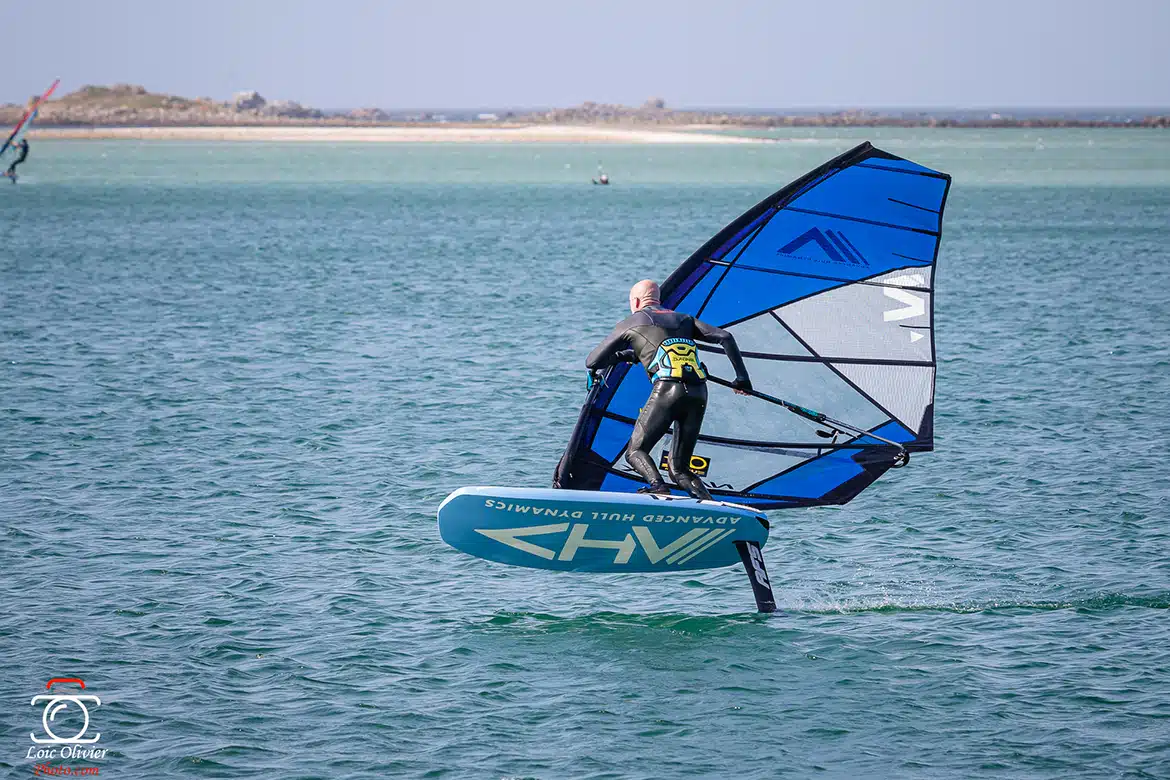
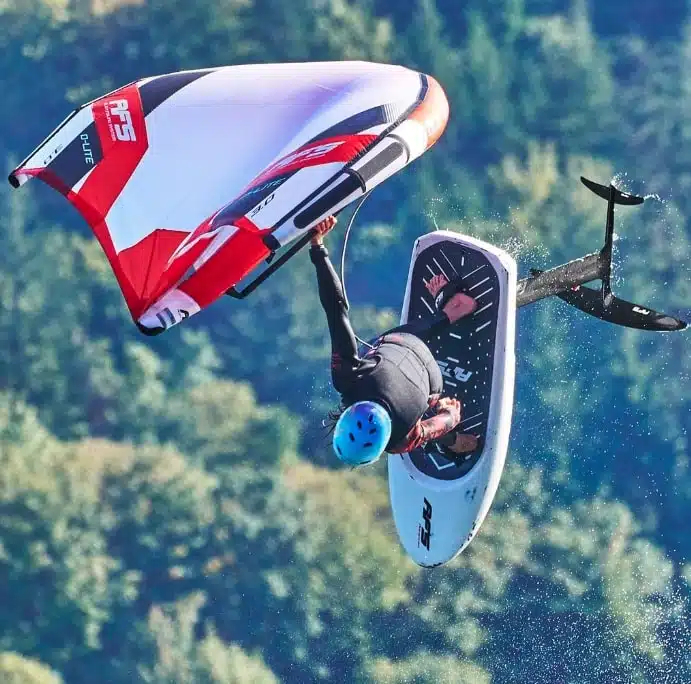
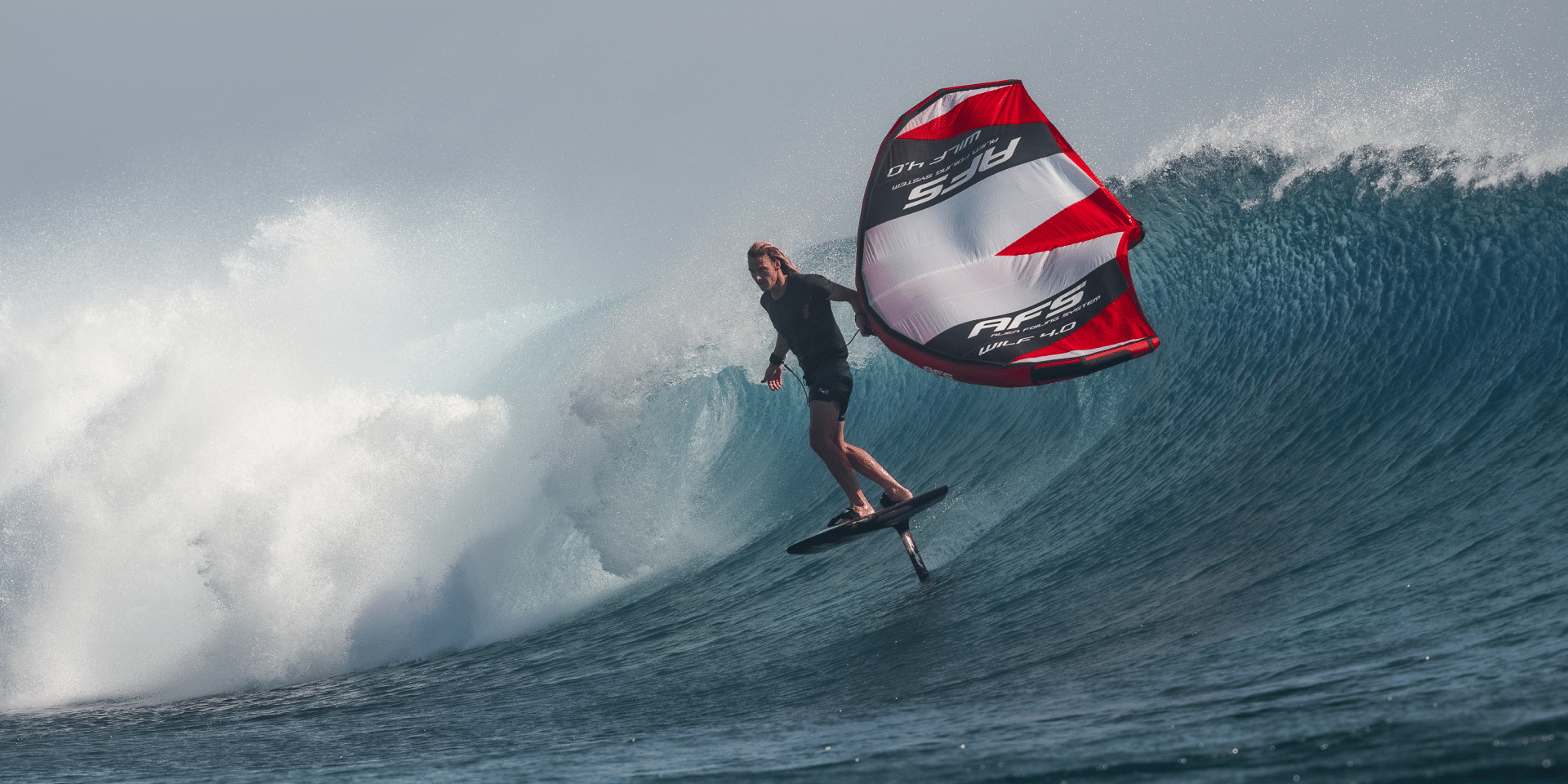
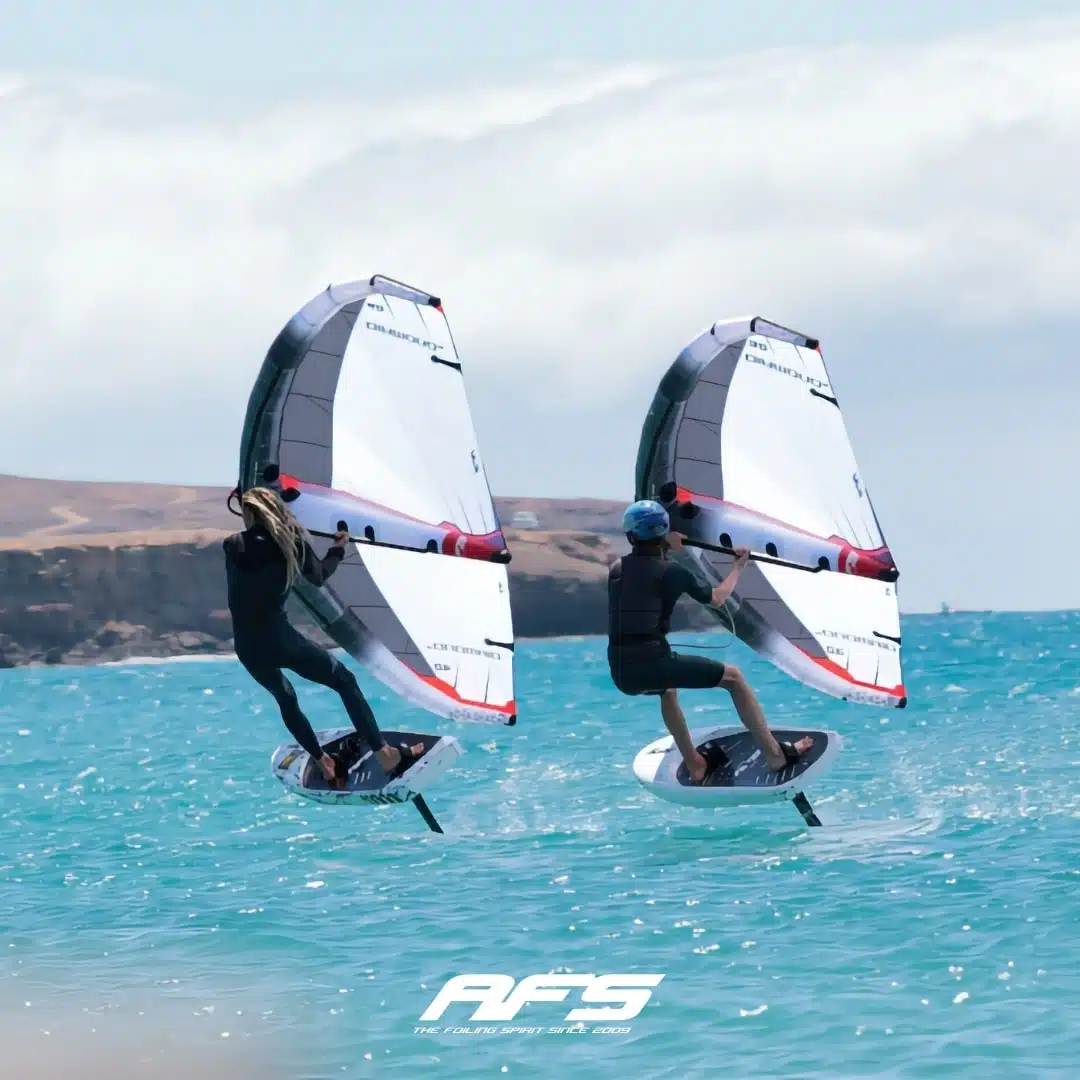
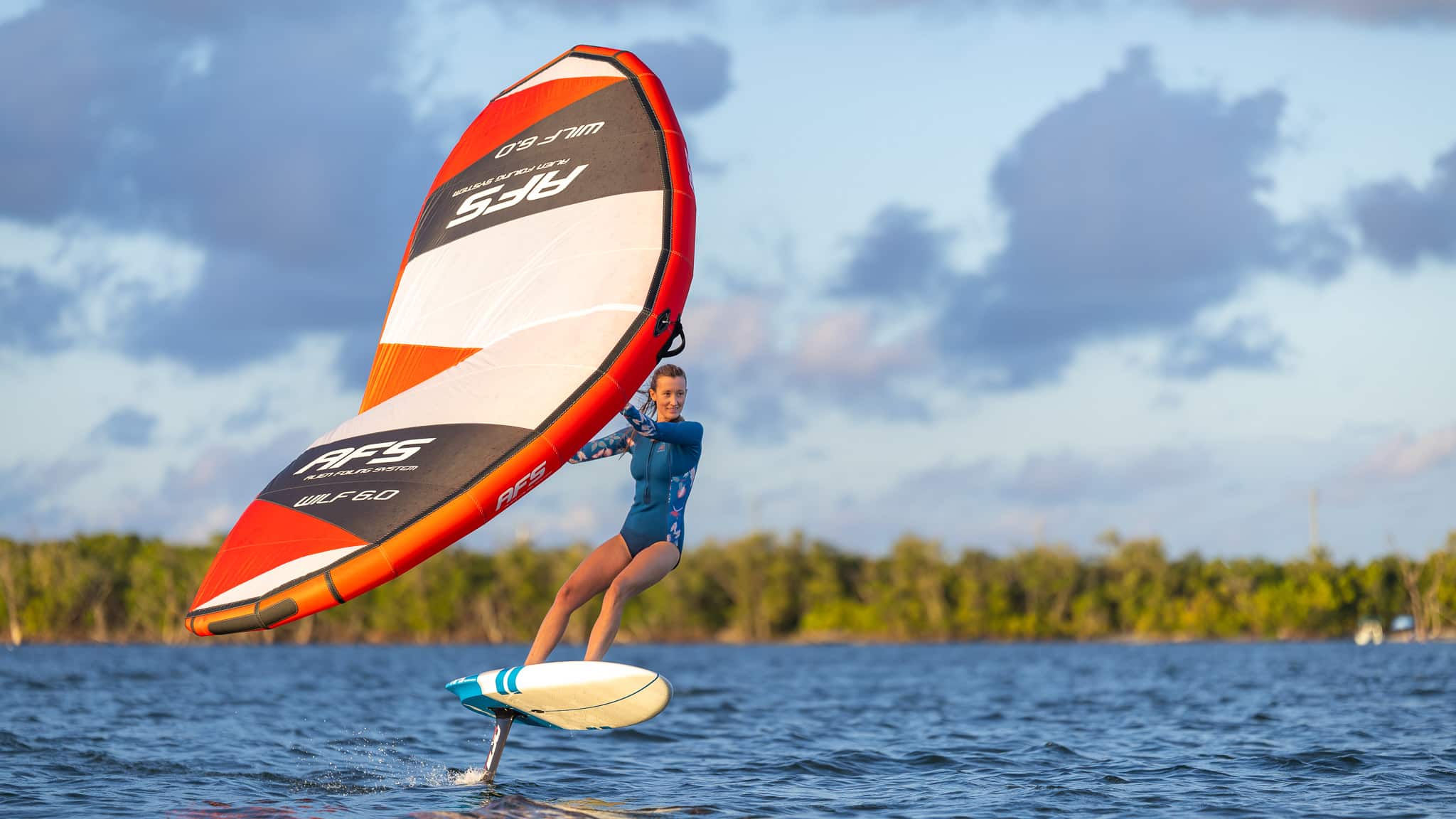

You will receive a product in excellent condition, with a few minor scratches from use.
Your product may have a few minor scratches or visual defects, but it's ready to take to the water again!
Despite deeper scratches or more pronounced visual defects, your product can take to the sea without hesitation: at this price, it's a shame to miss out!